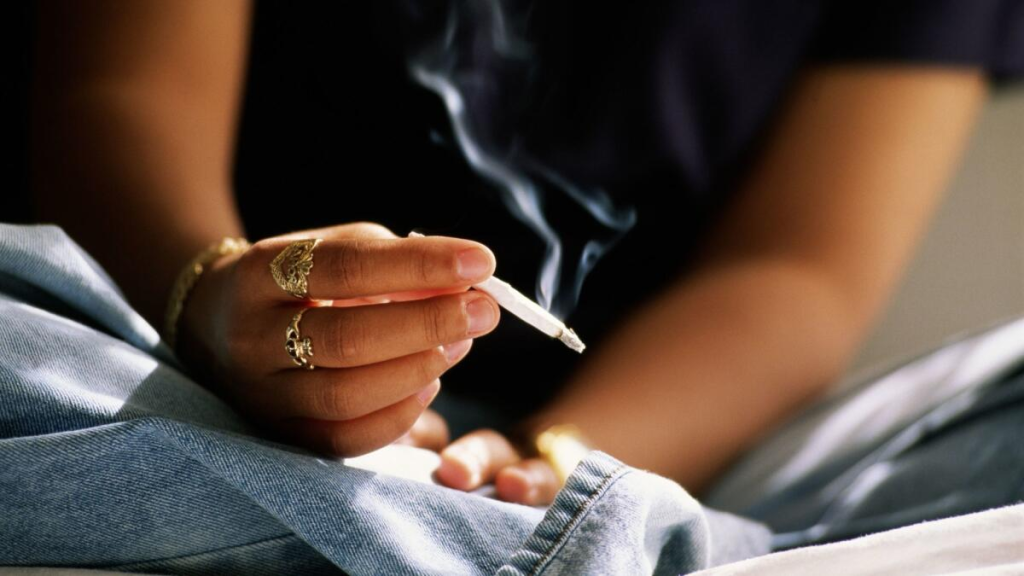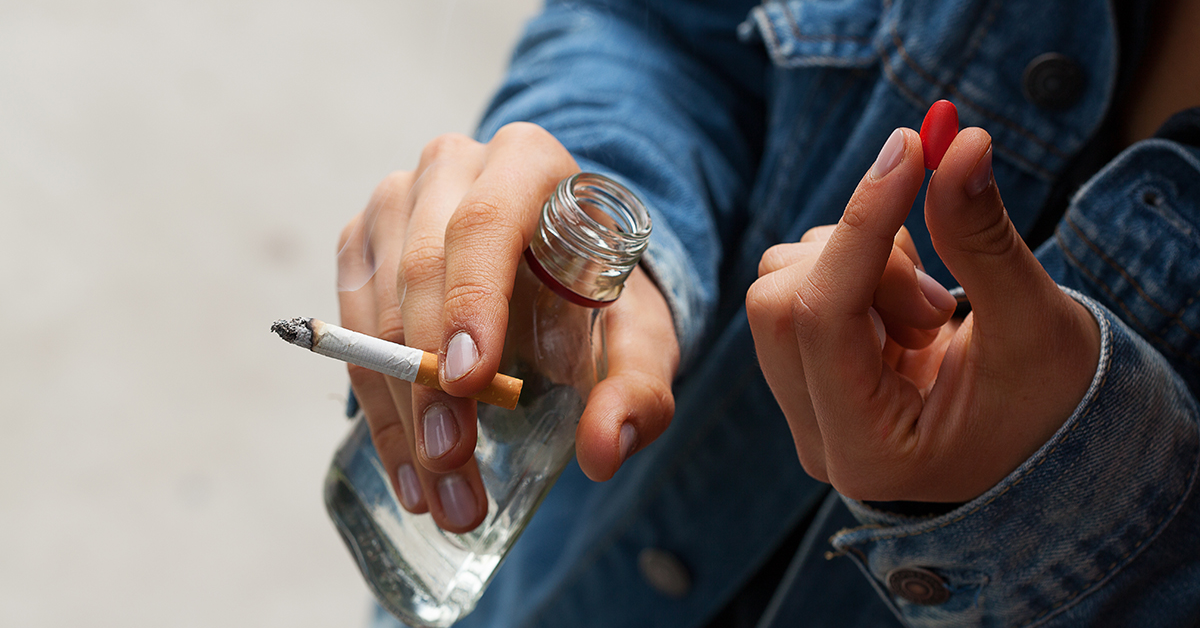Missouri Department of Mental Health has revealed some encouraging news: cigarette and alcohol use among teens in Missouri is on the decline. The survey, which tracks substance use patterns in the state, shows that while marijuana use remains steady, fewer teenagers are using tobacco, alcohol, and marijuana in 2024 compared to previous years.
The survey also highlighted that vaping is the most commonly reported substance used by Missouri teens. According to the findings, 9.1% of respondents said they had vaped in the past 30 days, making it the top substance among teens. Experts, however, remain concerned about the increasing popularity of vapes, as they are often seen as a safer alternative to smoking, despite containing high levels of nicotine.
These findings have been met with optimism by prevention experts across the state, but they warn that continued efforts are necessary to reduce substance use further. Chris Davis, the vice president of prevention and youth support at the Community Partnership of the Ozarks, emphasized that while the results are positive, prevention work must continue to ensure that these trends do not reverse.
Decline in Cigarette and Alcohol Use
The Missouri Student Survey, which gathers data from a large and representative sample of teens across the state, has shown a significant decrease in cigarette and alcohol use. Cigarette use has steadily dropped over the years, though Missouri still ranks higher than the national average for teen tobacco use. Approximately 11% of Missouri teens reported using a vape or cigarette in the past month, compared to the national average of 8.1%.
This is in line with national trends, which also show a decrease in e-cigarette use among teens. According to the 2024 National Youth Tobacco Survey, the number of teens using e-cigarettes has dropped from 2.13 million in 2023 to 1.63 million in 2024. Although cigarette use is declining, experts note that Missouri teens still face risks due to widespread access to vaping devices.
Vapes often contain higher nicotine concentrations than traditional cigarettes, with some devices containing the equivalent of 600 cigarettes. The use of nicotine salts in these vapes reduces irritation, making them easier to inhale, and potentially more addictive.
Chris Davis has been vocal about the dangers of vaping, stating that many teens mistakenly believe it is a safer alternative to smoking. The Community Partnership of the Ozarks has responded by placing vape drop boxes in high schools, encouraging students to dispose of vapes and reduce their usage.
Marijuana Use Holds Steady
The survey also found that marijuana use among teens in Missouri has remained steady, with no significant increase or decrease from previous years. Interestingly, the survey revealed that more teens view marijuana as the least risky substance to use on occasion. However, while use remains steady, it is worth noting that Missouri teens reported lower marijuana usage compared to the national average.
Nationally, 11.5% of teens reported using marijuana in the past 30 days, while only 7.3% of Missouri teens reported the same. This gap highlights that Missouri teens are less likely to use marijuana compared to their peers in other states.

One factor contributing to this trend could be the ongoing debate surrounding the legalization of recreational marijuana in Missouri. Since the state voted to approve the legalization of marijuana, there has been an increase in public discussion about its safety, which may have influenced teen perceptions. Davis notes that because marijuana is now seen by many as a medicinal substance, some teens may not fully understand the risks involved in using it.
Alcohol Use Declines but Remains a Concern
Alcohol remains the most commonly used substance among Missouri teens, though its usage has decreased compared to previous years. Around 20% of teens reported drinking alcohol in their lifetime, which is slightly lower than the national average of 22.3%. Despite this decrease, alcohol remains a major concern for prevention experts, as it continues to be the most frequently used substance among teens.
Chris Davis points out that alcohol is still the number one drug problem for youth in Missouri. “It may not be the hot topic anymore, but underage drinking is still the number one issue for our youth in treatment,” he said.
Prescription and Over-the-Counter Drug Use on the Rise
While many substances have seen a decline in use, the survey also found an increase in the misuse of prescription drugs and over-the-counter medications. Prescription drug use rose slightly in 2024, although it is still much lower than in previous years. In 2016, 10.6% of teens reported using prescription drugs, but by 2024, this figure had dropped to just 1.6%.
Painkillers, anxiety medications, and sleeping pills were among the most misused substances. A concerning 51% of teens reported obtaining these drugs from family members, often by accessing medications stored in home medicine cabinets.
To combat this issue, the Community Partnership of the Ozarks has launched programs to help families safely store their medications. Lockboxes are provided to ensure that prescription drugs are not easily accessible to teens.
The Path Forward
While the 2024 survey results offer hope, experts stress that there is still much work to be done. Chris Davis and other prevention leaders are calling for sustained efforts in education, prevention, and treatment to maintain these positive trends. They caution that complacency could lead to a reversal in the progress made so far.
The Missouri Department of Mental Health, along with local prevention groups, continues to offer resources for teens and their families. The My Life My Quit program, which offers free online support for youth trying to quit nicotine, is one such initiative aimed at helping Missouri teens make healthier choices.
Disclaimer: This article has been meticulously fact-checked by our team to ensure accuracy and uphold transparency. We strive to deliver trustworthy and dependable content to our readers.

